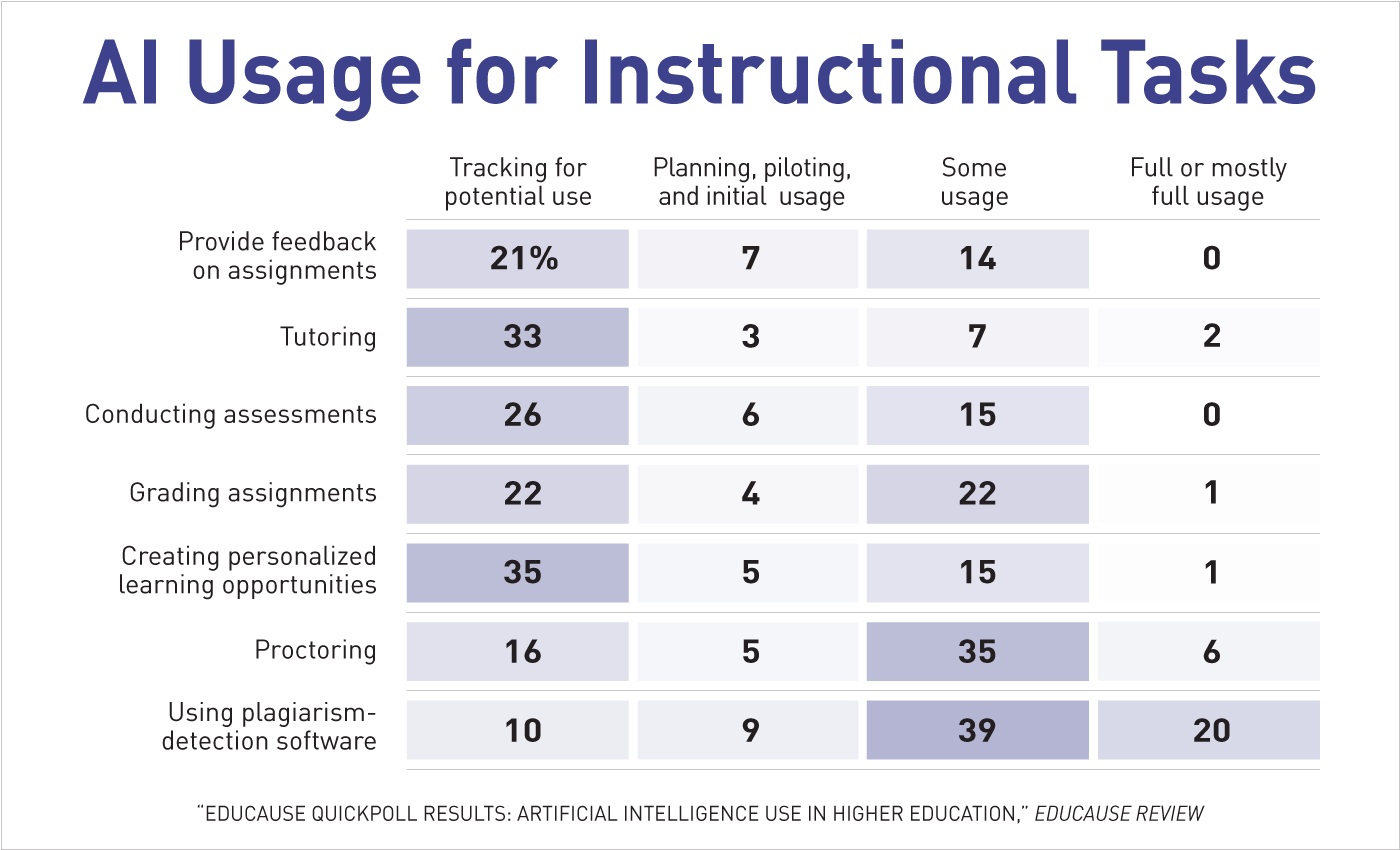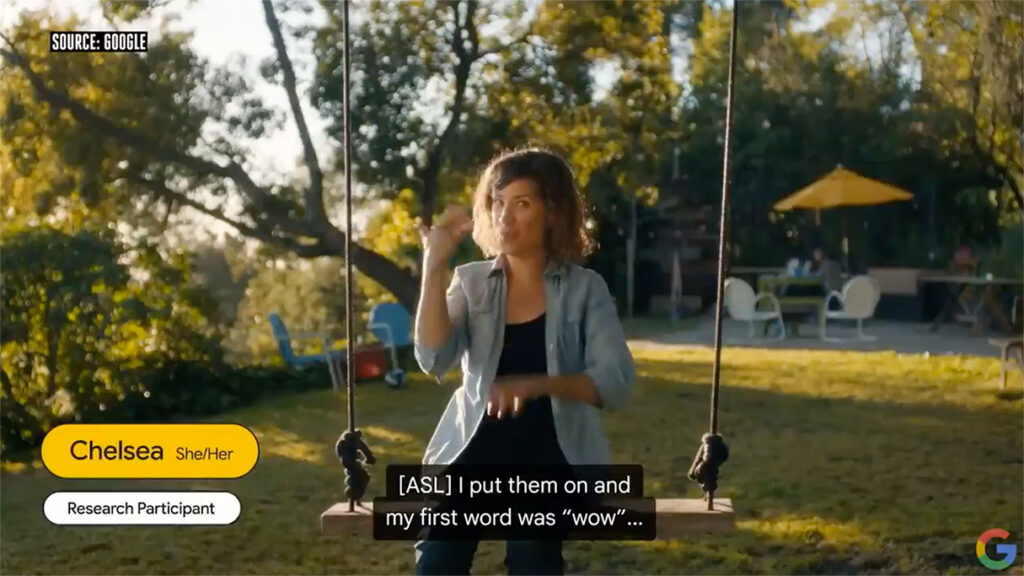AI: Where are we now? — from educause.edu by EDUCAUSE
Is the use of AI in higher education today invisible? dynamic? perilous? Maybe it’s all three.

Also see:
Also relevant/see:
Private colleges’ net tuition revenue from first-year students declined in 2021-22, study finds — from highereddive.com by Rick Seltzer
The revenue drop comes as tuition discount rates for first-year undergraduates rose to 54.5%, NACUBO found. Selective colleges discounted less than others.
Dive Brief (emphasis DSC):
Also relevant/see:
Smaller and Restructured: How the Pandemic Is Changing the Higher Education IT Workforce — from educause.edu by Jenay Robert
‘Stackable credentials’ could be future of higher education in Colorado — from thedenverchannel.com by Nicole Brady; with thanks to Ray Schroeder for this resource out on LinkedIn
Excerpt (emphasis DSC):
DENVER — Metropolitan State University of Denver is one of Colorado’s largest four-year institutions, but some students are spending just months there — not years — before joining the workforce.
They’re doing it by “stacking” credentials.
“Stackable credentials are really a convergence of individuals wanting to learn in smaller chunks and industries being willing to accept those chunks,” said Terry Bower, associate vice president of Innovative and Lifelong Learning at MSU Denver.
The career launchpad lays out exactly what steps are needed to work in those industries and how much money a person can earn with different credentials.
For students who decide they want to add more credentials or work toward a degree, they can return to MSU with no credits lost.
From DSC:
That part that says “The career launchpad lays out exactly what steps are needed to work in those industries and how much money a person can earn with different credentials” will likely be a part of a next-generation learning platform. Here are the skills in demand. Here are the folks offering you the ability to learn/develop those skills and here’s what you can expect to earn at different levels of this type of job. The platform will be able to offer this type of information and these types of opportunities throughout your lifetime.
Cloud-based learner profiles will be part of this new setup — along with recommendation engine-based results based upon one’s learning preferences (not learning styles — which don’t exist — but upon one’s learning preferences).
The Exit Interview Nine departing presidents on how the job — and higher ed — is changing. — from chronicle.com by Eric Kelderman
“One of the things I’ve learned in this job is that it’s time for us to really think hard about the obligations the postsecondary educational sector has to the country,” Quillen said. “What is, as it were, the social contract between that sector and the society that supports us? And what do we need to do to fulfill our obligations there?”
Carol Quillen

Google teases new AR glasses at #GoogleIO2022 pic.twitter.com/Ui5gAm2hAE
— The Verge (@verge) May 11, 2022
From DSC:
I love the parts about seeing instant language translations — including sign language! Very cool indeed!
(With thanks to Ori Inbar out on Twitter for this resource.)

Also see:
100 Universities established an OPM, Bootcamp or Pathways partnership in Q1 2022 — from holoniq.com
Bootcamps are directing more resources B2B and B2G, OPMs are growing existing partnerships further and evolving their technology and healthcare programs.
Excerpt:
Higher Education, like the broader economy, is awkwardly emerging from an almost exclusively digital, isolated and stimulus fuelled environment into… well it’s not clear yet. University Partnerships continued to be established at pace through Q1 2022, albeit at a much slower rate than through 2021.
Also relevant/see:
College contracts with OPMs need better oversight, watchdog says — from highereddive.com by Natalie Schwartz
Excerpt from Dive Brief:
Addendum on 5/11/22: